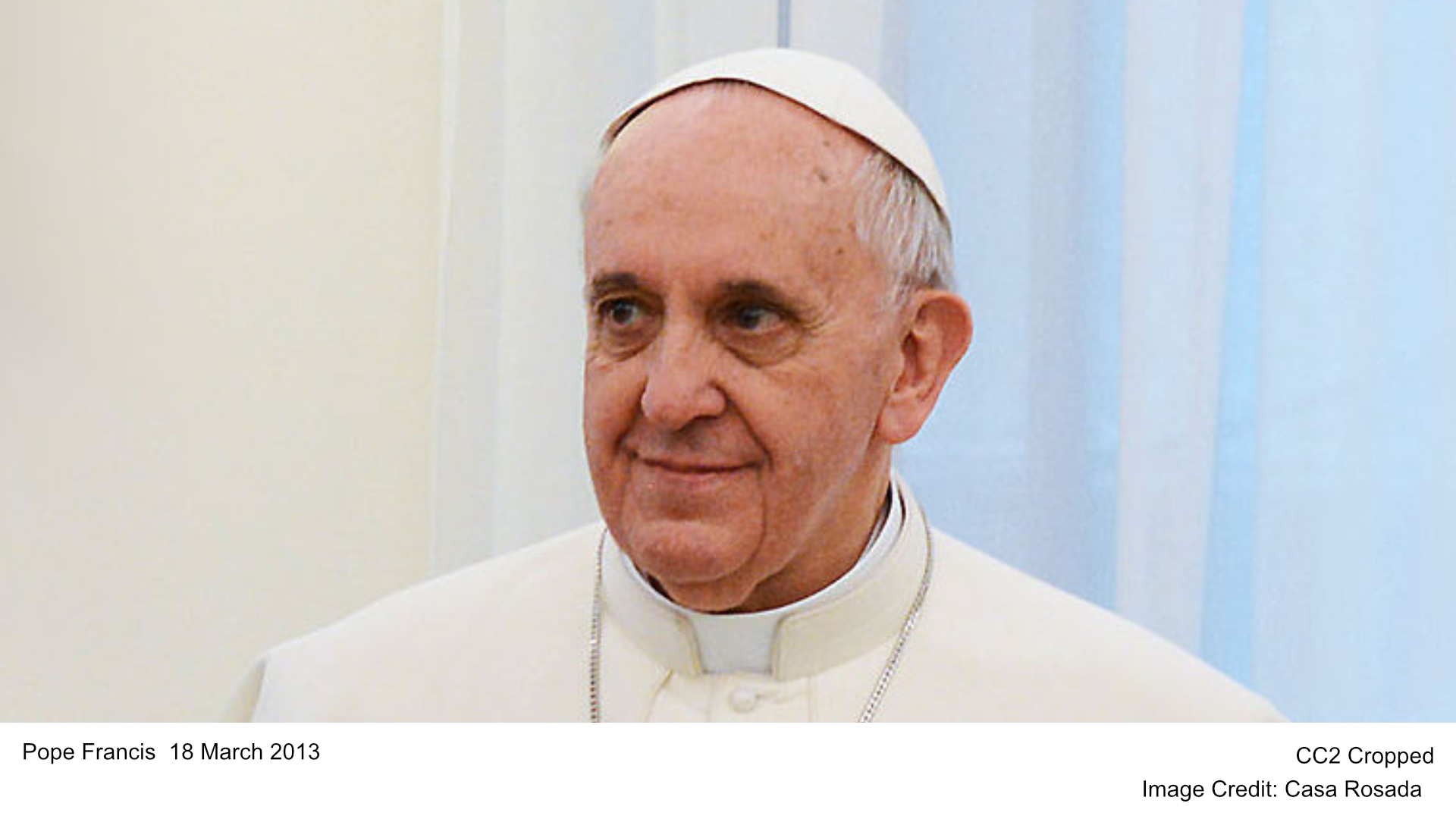Kamala Harris, the Democratic candidate for president, is set to face Donald Trump in a critical debate on September 10th. This debate is not only a pivotal moment in her campaign but also a significant test of her political messaging skills, which have been scrutinized since her previous presidential run in 2020.
Debates have been a cornerstone of Harris’s political journey, from her campaign for California attorney general to her current role as vice president. By examining her past debate performances, it becomes evident that Harris has a keen ability to seize the spotlight and capitalize on her opponents’ missteps.
In her 2010 debate for California attorney general, Harris adeptly used silence to her advantage. When asked about the controversial practice of double-dipping, her Republican opponent, Steve Cooley, admitted to planning to draw both a pension and a salary. Harris waited for Cooley to defend his position before delivering a sharp retort: “Go for it, Steve. You earned it!” This moment was quickly turned into a campaign advertisement, helping her secure a narrow victory.
Similarly, during a 2016 debate for a California US Senate seat, Harris’s opponent ended her closing statement with a dab, a popular dance move at the time. Harris’s measured response, “So, there’s a clear difference between the candidates in this race,” resonated with voters and contributed to her win.
Harris’s ability to command the debate stage was further demonstrated during the 2020 vice-presidential debate against Mike Pence. Her assertive declaration, “Mr. Vice-President, I’m speaking,” when interrupted, became a defining moment of the debate. She used a similar tactic recently when Gaza protesters interrupted her rally, insisting, “I’m speaking now. If you want Donald Trump to win, then say that. Otherwise, I’m speaking.”
One of Harris’s most memorable debate moments came in 2019 during the Democratic primary debate in Miami. She challenged Joe Biden on his past position on bussing, a policy aimed at addressing racial segregation in schools. Harris’s poignant statement, “And that little girl was me,” referring to her own experience with bussing, showcased her ability to deliver impactful lines that resonate with the audience.
Despite these successes, Harris has faced challenges with her messaging, particularly in articulating her policy positions. During her 2020 presidential bid, her inconsistent stance on bussing and other issues highlighted the need for clarity in her campaign. This is an area she must address in the upcoming debate, especially when pressed on policy specifics.
Republicans have often criticized Harris’s speaking style, circulating clips to portray her as inept. Her use of verbose phrases has been both embraced by supporters and mocked by opponents. For instance, her recent CNN interview on climate change was criticized for its lack of clear messaging.
The upcoming debate presents Harris with an opportunity to reset public opinion. However, facing Trump, known for his combative debate style, will be a formidable challenge. Trump’s ability to dominate the stage, as seen in his 2016 debate against Hillary Clinton and the 2020 debate against Biden, requires Harris to be prepared for any scenario.
Democratic strategists suggest that Harris should avoid being drawn into lengthy fact-checking debates with Trump, which could muddle her message. Instead, she should focus on getting her points across clearly and effectively.
As the debate approaches, Harris’s campaign will be keenly aware of the stakes. With her past debate experiences providing a toolkit of strategies, Harris aims to navigate the challenges posed by Trump and deliver a performance that resonates with voters.





